Multifaceted atlases of the human brain in its infancy
- PMID: 36585454
- PMCID: PMC9834057
- DOI: 10.1038/s41592-022-01703-z
Multifaceted atlases of the human brain in its infancy
Abstract
Brain atlases are spatial references for integrating, processing, and analyzing brain features gathered from different individuals, sources, and scales. Here we introduce a collection of joint surface-volume atlases that chart postnatal development of the human brain in a spatiotemporally dense manner from two weeks to two years of age. Our month-specific atlases chart normative patterns and capture key traits of early brain development and are therefore conducive to identifying aberrations from normal developmental trajectories. These atlases will enhance our understanding of early structural and functional development by facilitating the mapping of diverse features of the infant brain to a common reference frame for precise multifaceted quantification of cortical and subcortical changes.
© 2022. The Author(s).
Conflict of interest statement
The authors declare no competing financial interests.
Figures
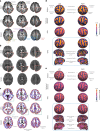
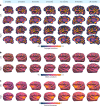


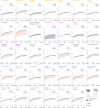
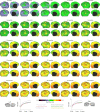
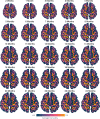
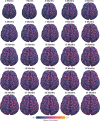

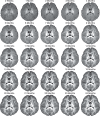
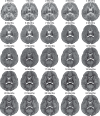
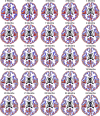
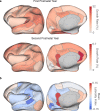
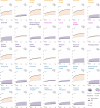
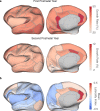

Comment in
-
Digital brain atlases reveal postnatal development to 2 years of age in human infants.Nat Methods. 2023 Jan;20(1):38-39. doi: 10.1038/s41592-022-01704-y. Nat Methods. 2023. PMID: 36585457 No abstract available.
References
Publication types
MeSH terms
Grants and funding
LinkOut - more resources
Full Text Sources

